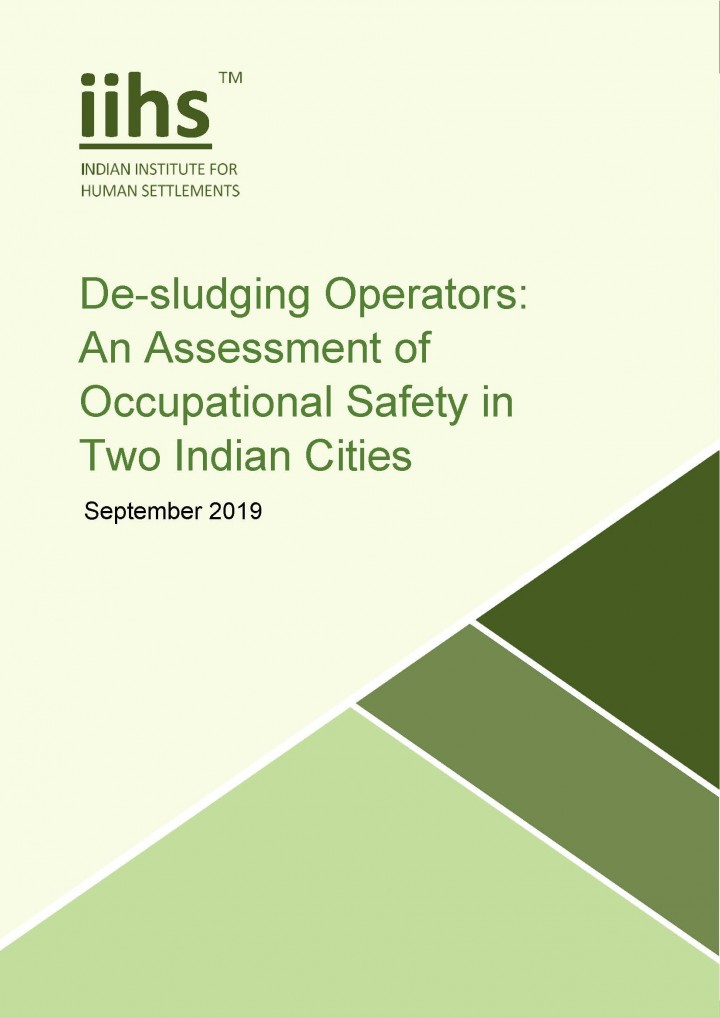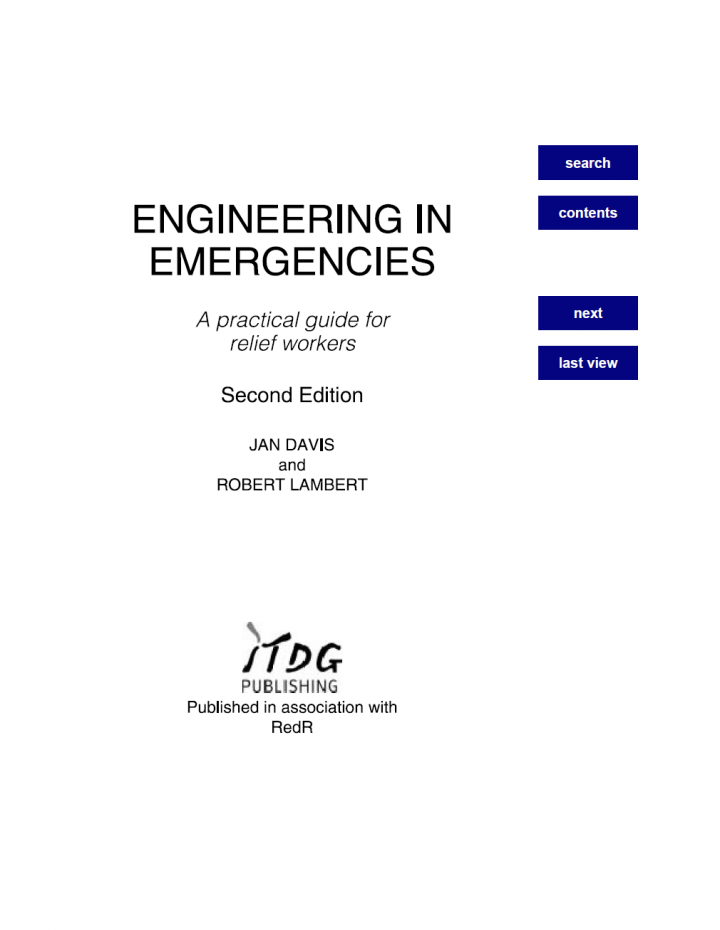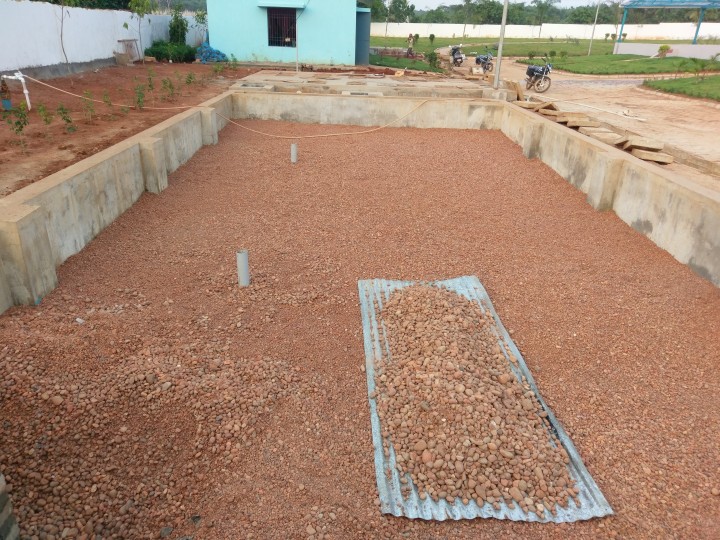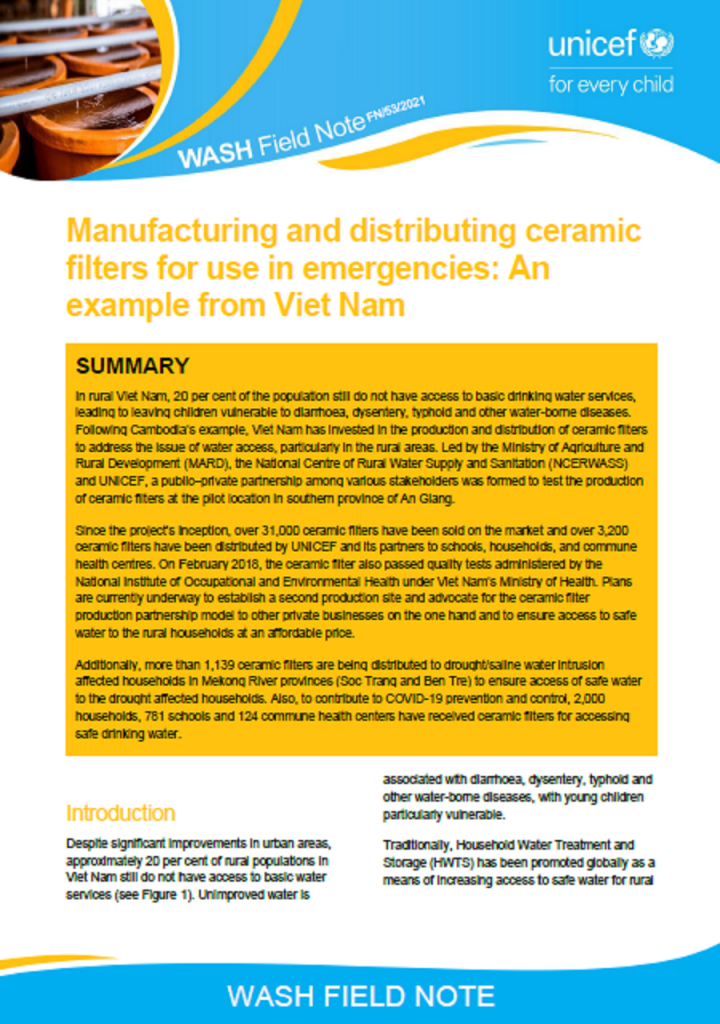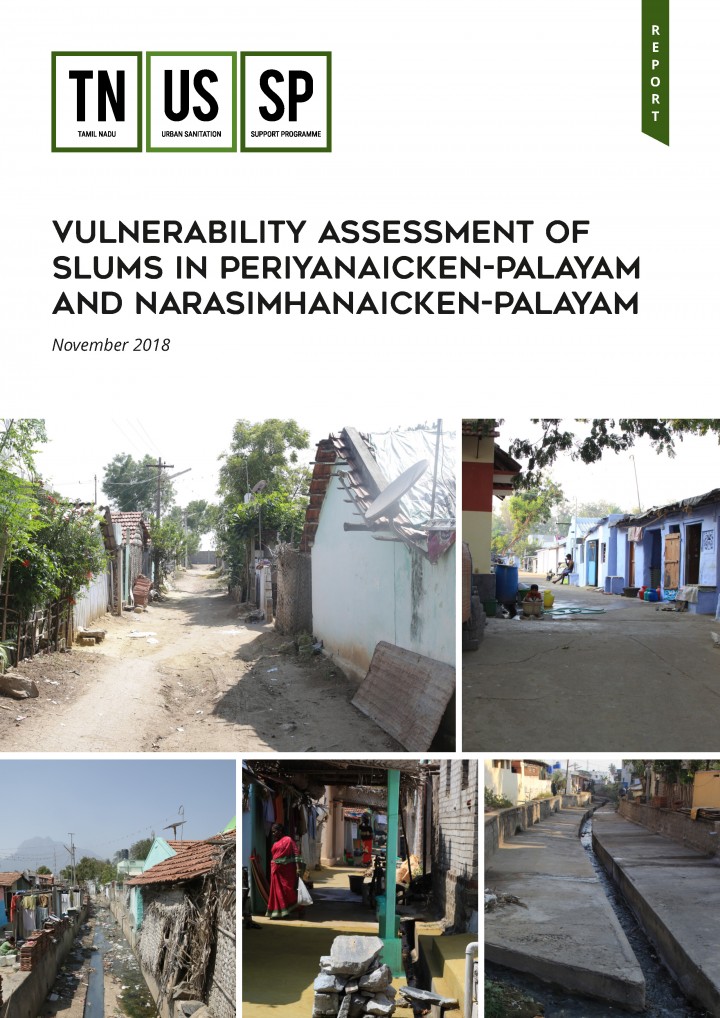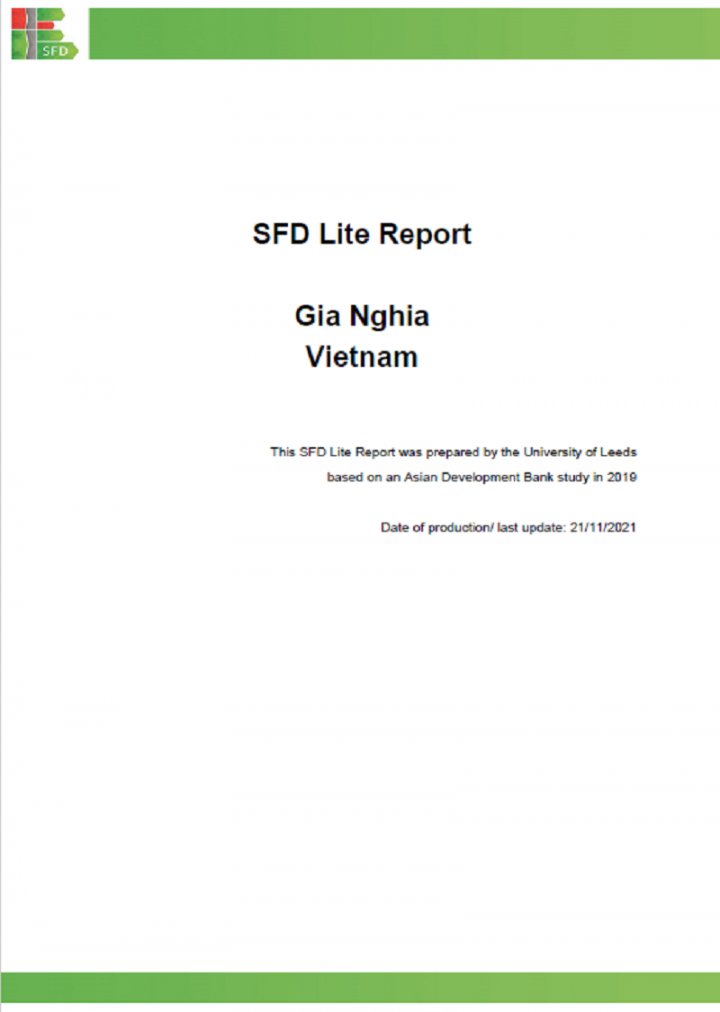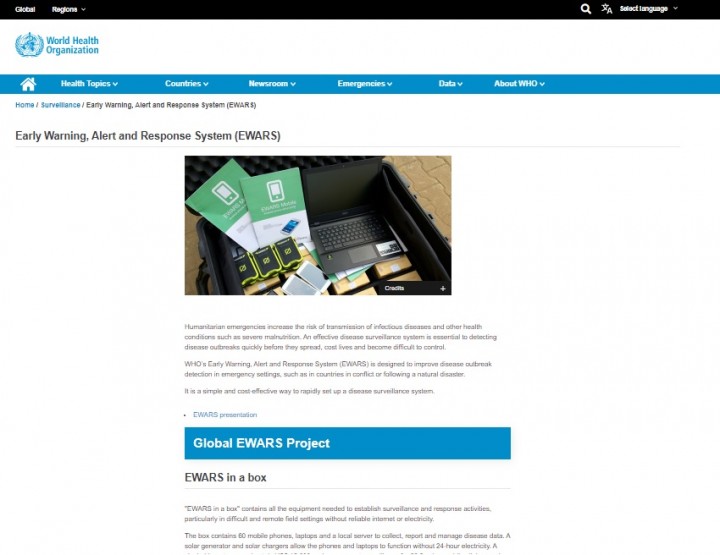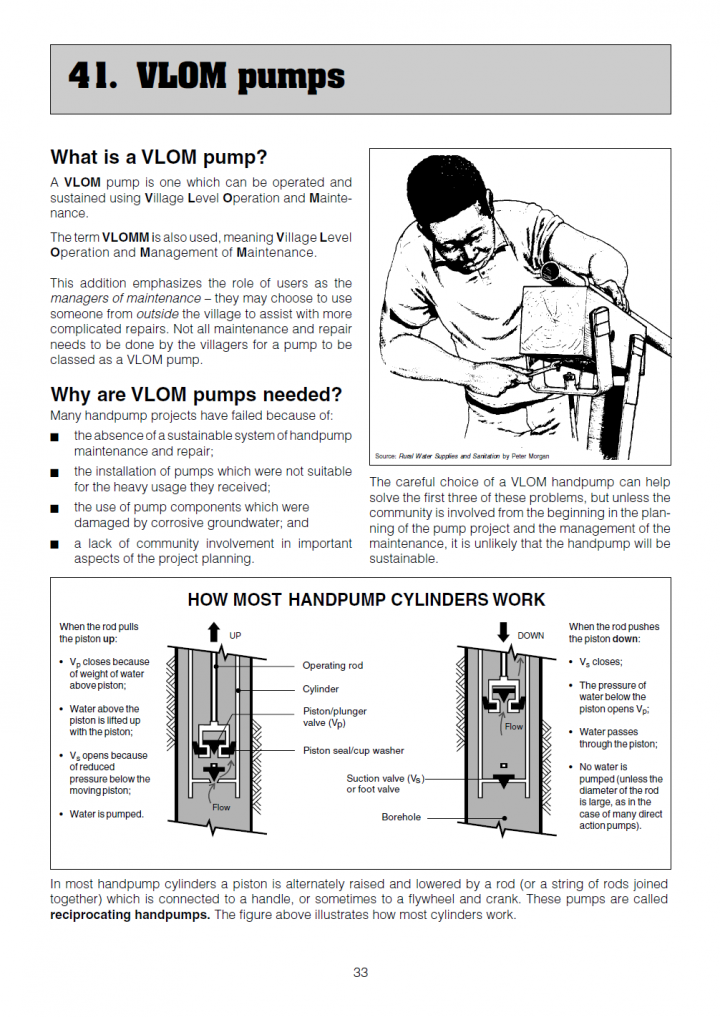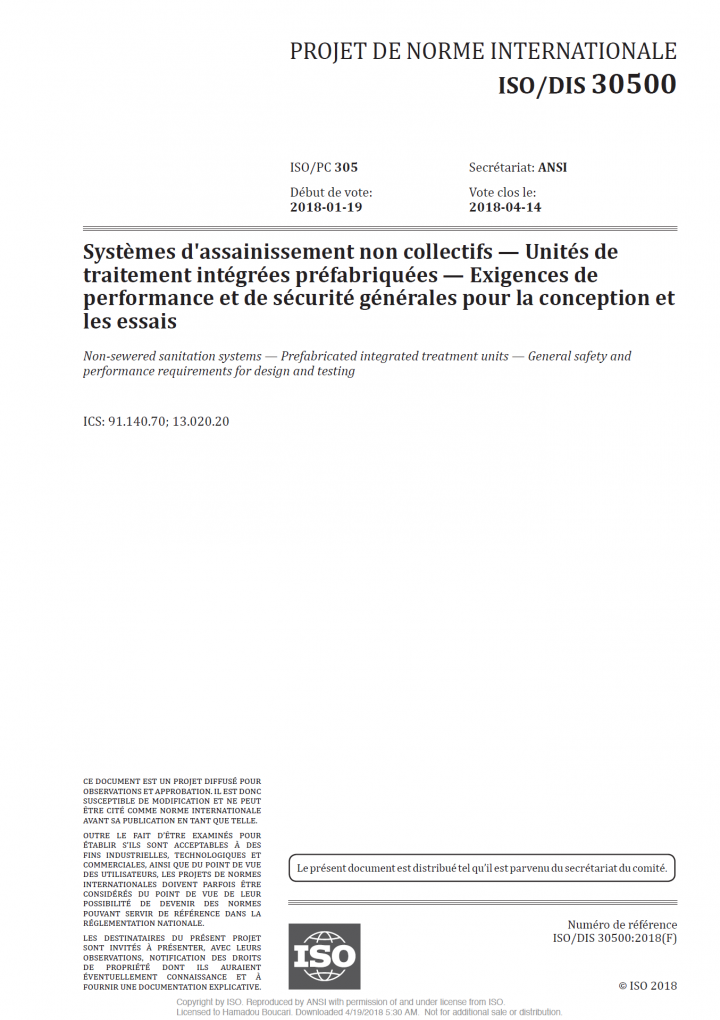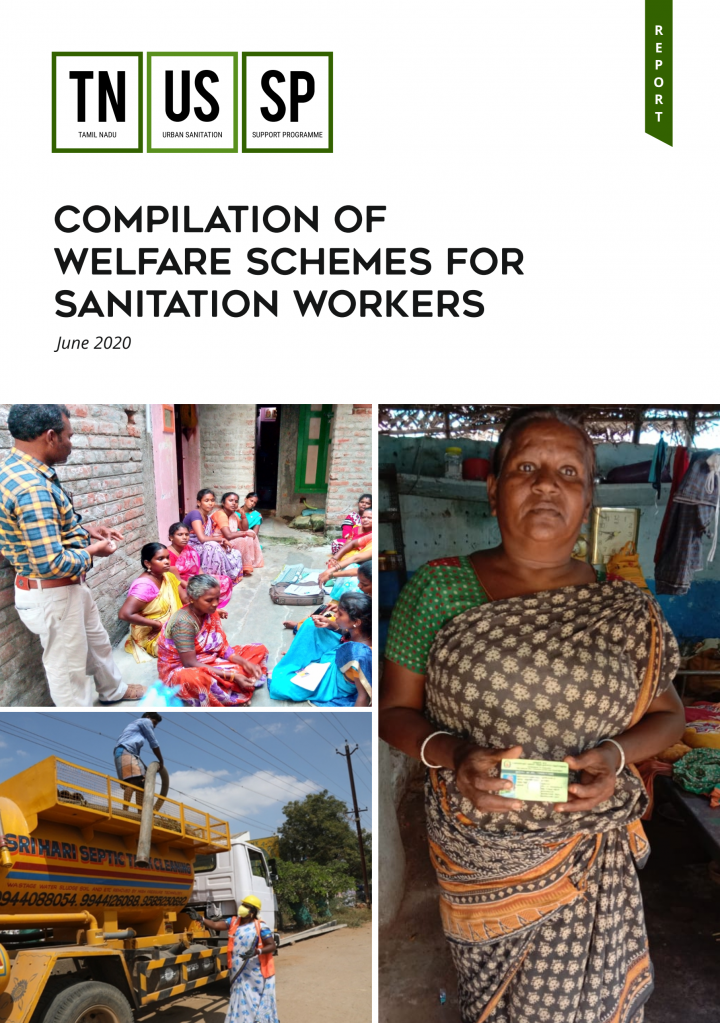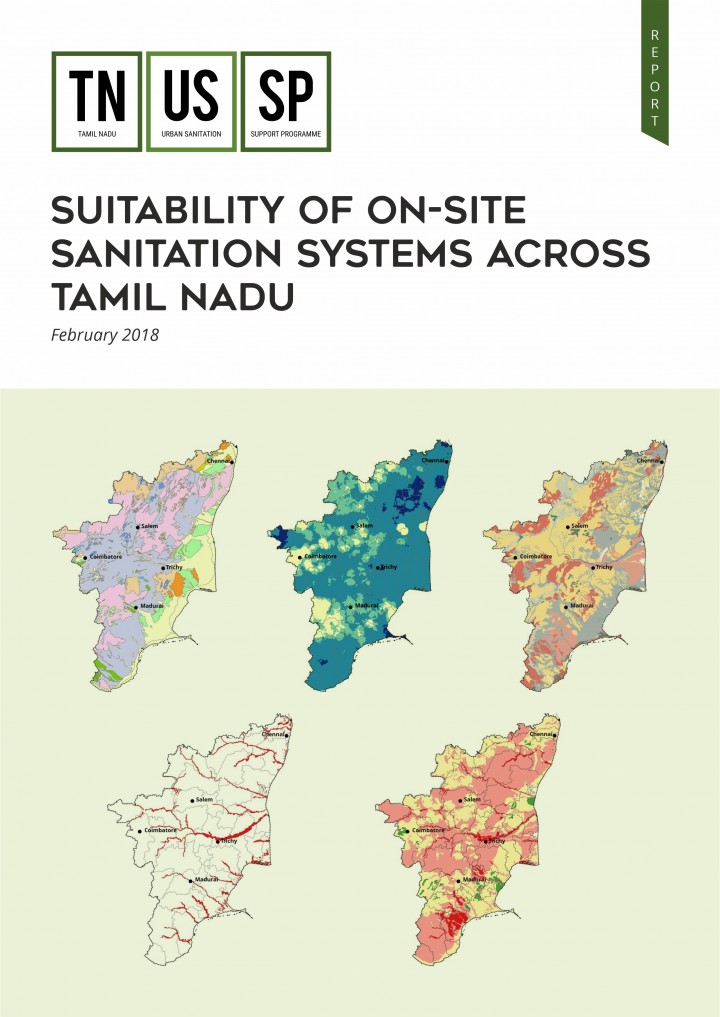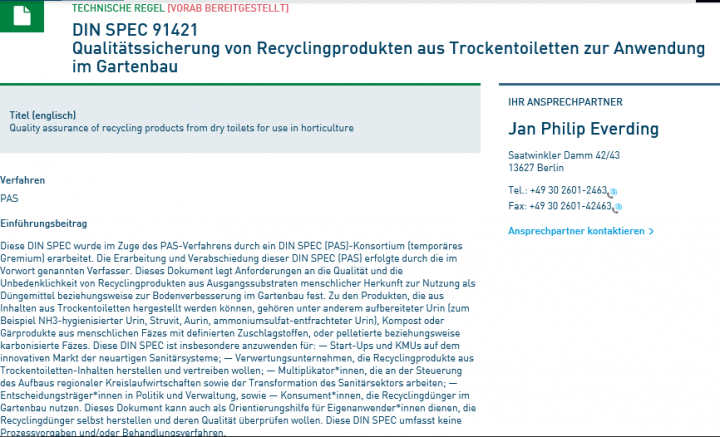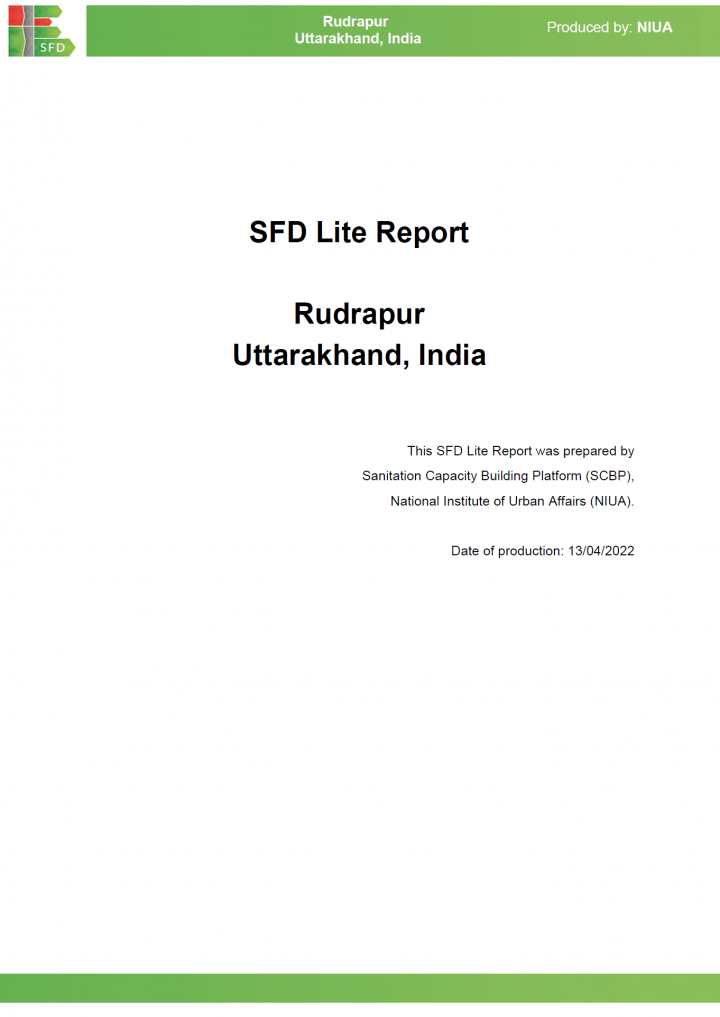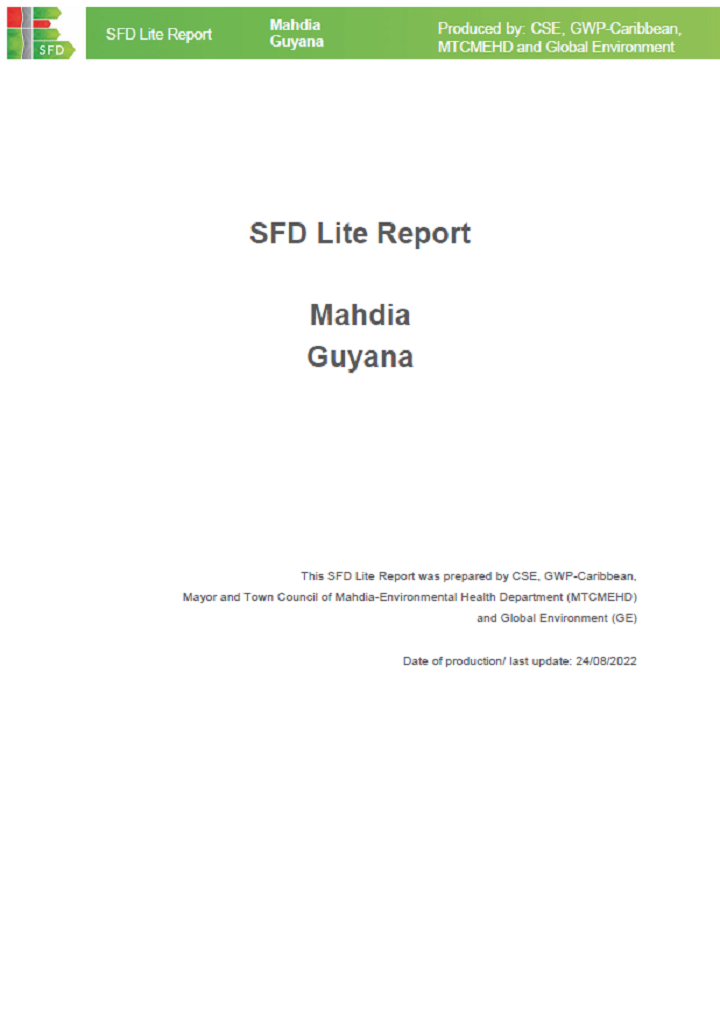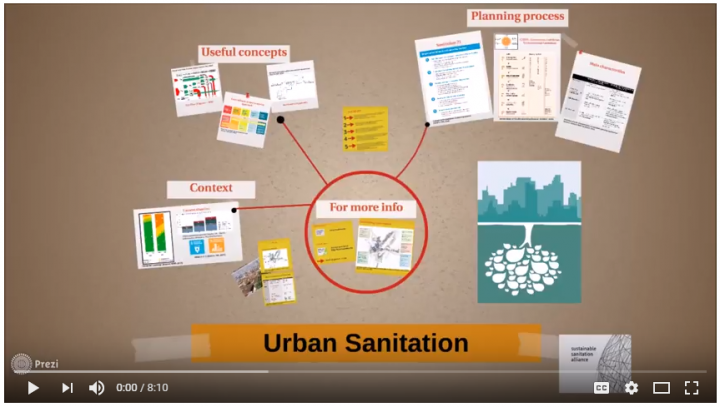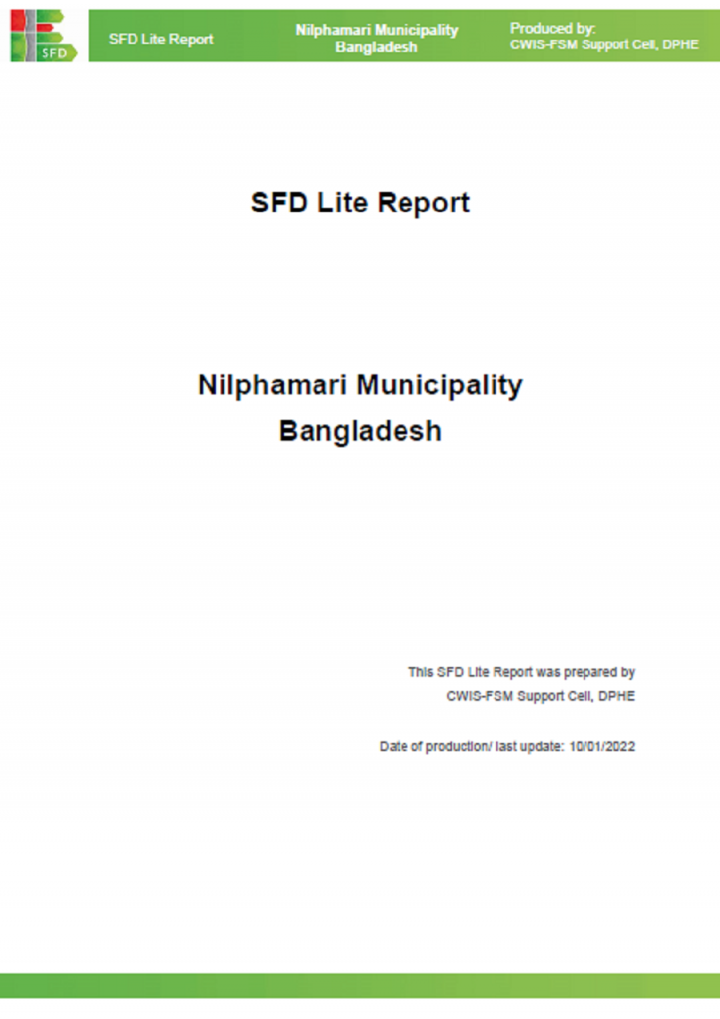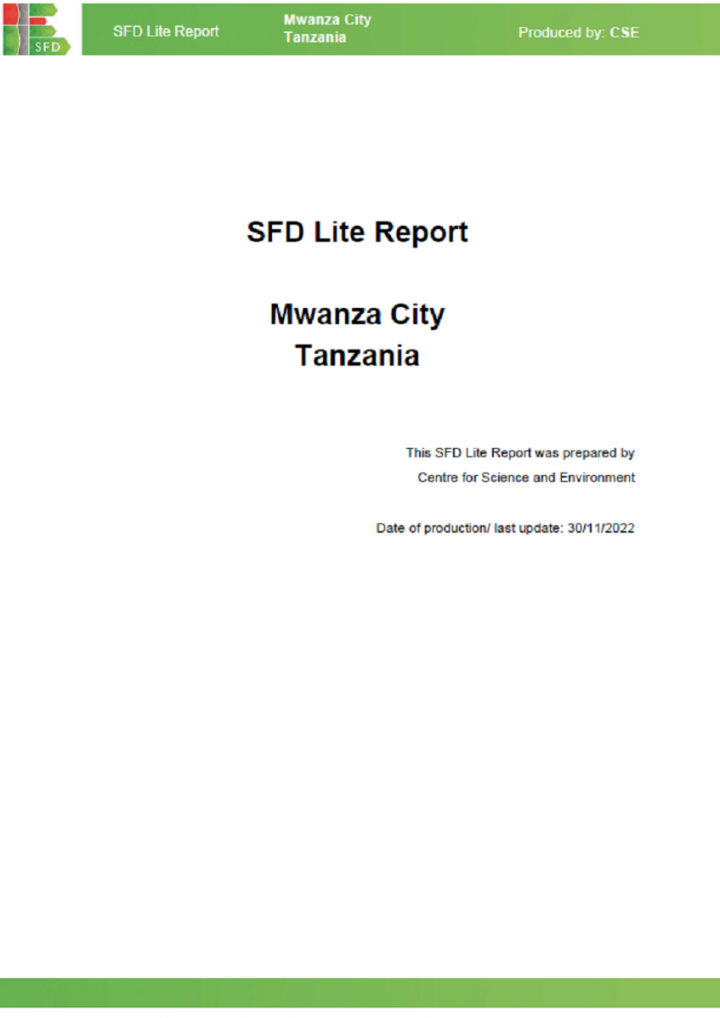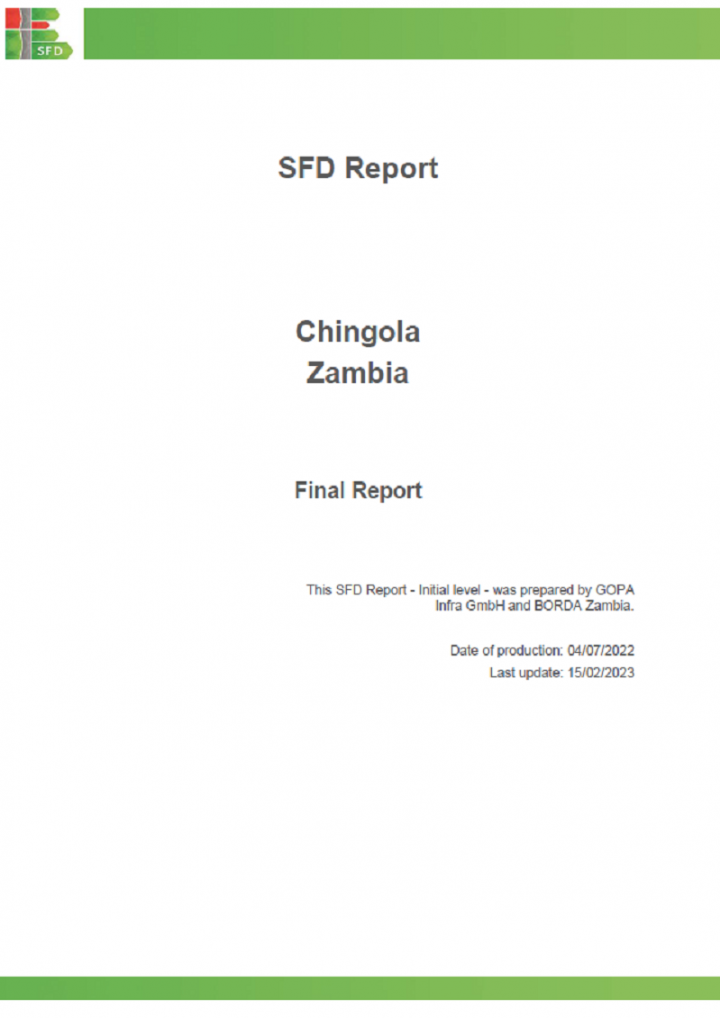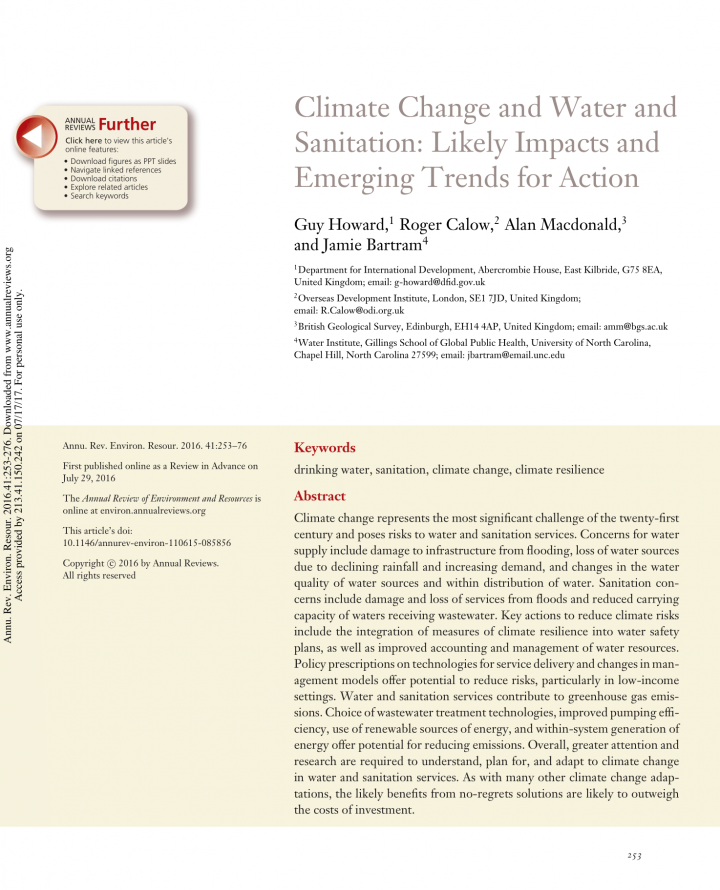Searching for information on Sanitation Workers?
The Sanitation Workers Knowledge + Learning Hub is the best source for all current news, trends, articles and updates on sanitation workers rights around the world.
Safe collection, handling and transport of fecal sludge is an integral part of septage management. Limited attention has been paid to the safe collection, transport, disposal and treatment of human excreta from septic tanks. A study was conducted in two cities in India to understand the current desludging practices, the underlying reasons for current occupational practices and hazards, relevance …
The purpose of this book is to increase the effectiveness of relief works in providing humanitarian assistance during an emergency. To achieve this purpose, the book provides practical information relevant to the field workers, with a minimum of supporting theoretical background. The book does not aim to set out specific policy guidelines relating to humanitarian assistance- each agency will have …
In rural Viet Nam, 20 per cent of the population still do not have access to basic drinking water services, leading to leaving children vulnerable to diarrhoea, dysentery, typhoid and other water-borne diseases. Following Cambodia’s example, Viet Nam has invested in the production and distribution of ceramic filters to address the issue of water access, particularly in the rural areas. Led by …
To understand the vulnerability of the slums, all eleven slums in the town panchayats of Periyanaicken Palayam and Narasimhanaicken Palayam in Coimbatore were profiled using a range of indicators including location, migration, housing, water, sanitation, drainage, electricity, demography, and health seeking among others. This assessment helped categorise and prioritise slums in terms of their …
Gia Nghia is a small but quickly growing and urbanising town. 87% of households have water supply provided on premises with projects underway to bring this to over 90%, and 100% of the population has access to a sanitation system (no open defecation is reported). Waste stabilisation ponds were constructed to treat wastewater, but these are not operational due to a lack of connections to the sewer …
Humanitarian emergencies increase the risk of transmission of infectious diseases and other health conditions such as severe malnutrition. An effective disease surveillance system is essential to detecting disease outbreaks quickly before they spread, cost lives and become difficult to control. WHO’s Early Warning, Alert and Response System (EWARS) is designed to improve disease outbreak …
A VLOM pump is one which can be operated and sustained using Village Level Operation and Maintenance. The term VLOMM is also used, meaning Village Level Operation and Management of Maintenance. This addition emphasizes the role of users as the managers of maintenance – they may choose to use someone from outside the village to assist with more complicated repairs. Not all maintenance and repair …
A school bag (representing Guddi’s dream) and earthen water pot (representing Guddi’s life) are in conversation about who is more important in Guddi’s life – the bag or the water pot. The school bag blames the water pot saying that Guddi’s dream was to go to school and be a doctor, but she had to choose life instead of her dream. The water pot says it is because of deforestation that …
La présente Norme internationale a pour objectif de faciliter le développement de systèmes d'assainissement autonomes conçus pour répondre aux besoins essentiels en matière d'assainissement et de favoriser la durabilité économique, sociale et environnementale, grâce à des stratégies pouvant consister réduire à la consommation des ressources (par exemple, l'eau, l'énergie) et à …
There is growing attention to addressing the menstrual hygiene management (MHM) needs of the over 21 million displaced adolescent girls and women globally. Current approaches to MHM-related humanitarian programming often prioritize the provision of menstrual materials and information. However, a critical component of an MHM response includes the construction and maintenance of water, sanitation …
A guideline based on the Swiss Re 2007 award winning pilot project “Water harvesting to improve livelihoods in southern Ethiopia: from pilots to mainstream” and large-scale implementation of sand dams in Kenya.
In the Kituï District of Kenya the SASOL (Sahelian Solutions) Foundation began constructing sand storage dams in 1995. Since this period, over 500 sand storage dams have been …
Sanitation workers are the backbone of the public hygiene and waste management system. Despite providing an essential public service, their work is often unrecognised. A majority of the workers too are unaware of the social security and welfare schemes instituted by both the Central and State governments for their wellbeing, which prevents them from availing the benefits such as pension, …
On-site sanitation systems (OSS) remain the dominant household arrangement across the state of Tamil Nadu for urban sanitation. Given that these OSS are spread over different hydrogeological zones, factors such as aquifer systems, soil drainage characteristics, groundwater levels and flood hazard areas have a bearing on their suitability. A study was undertaken for the state of Tamil Nadu to …
Diese DIN SPEC wurde im Zuge des PAS-Verfahrens durch ein DIN SPEC (PAS)-Konsortium (temporäres Gremium) erarbeitet. Die Erarbeitung und Verabschiedung dieser DIN SPEC (PAS) erfolgte durch die im Vorwort genannten Verfasser. Dieses Dokument legt Anforderungen an die Qualität und die Unbedenklichkeit von Recyclingprodukten aus Ausgangssubstraten menschlicher Herkunft zur Nutzung als Düngemittel …
Rudrapur (Kumaoni: Rudrpur) is a city in Udham Singh Nagar district in the Indian state of Uttarakhand, located (28°59'09.1"N 79°24'41.7"E) at a distance of about 250 km (160 miles) northeast of the national capital, New Delhi and 250 km (160 miles) south of State capital Dehradun. Rudrapur has a history of over 500 years, it was established in the 16th century by King Rudra Chand, and was the …
Mahdia is located in Administrative Region (8) - Potaro Siparuni of Guyana and is also near the centre of the country with an altitude of 415 m and elevation of 1,360 m. The town is approximately 203 km for the country’s capital city Georgetown.
With a population of 4,200 residents at approximately 842 households within the township, the major water supply to households are private …
This video presents the sanitation situation in developing countries, some key challenges, concepts and planning approaches that are useful in achieving sustainable sanitation in urban areas. There are more interesting topics and information about urban sanitation that can be found on the SuSanA website.
Nilphamari, a city of northwestern Bangladesh and the district headquarter of Nilphamari district is situated in Rangpur Division, Bangladesh. It is located 337.5 km north-west of Dhaka. It is beside the Tista, little Jumuna, Jumuneshwari River and it is well connected with road, and railways. Nilphamari is historically and culturally a very important city in North Bengal. The city is the …
According to RPJMN 2020–20241 figures, in 2018 almost 75 percent of the Indonesian population has access to improved sanitation nationally. This includes almost 7.5 percent classified as safely managed sanitation services based on Sustainable Development Goals (SDGs) 2030 definitions. These figures are impressive considering the low base of sanitation coverage with which the country has been …
Mwanza City, popularly known as “The Rock City”, is situated in the north-west of Tanzania on the southern shores of the Lake Victoria. Mwanza city is the second largest city in Tanzania and is the capital of Mwanza Region. The city covers an area of 256 sq.km, divided into land area covering 173 sq.km, equivalent to 67.6 % of total area and 83.0 sq.km, equivalent to 32.4 % of water area, …
Chingola is one of the major copper mining towns in Zambia. It is in Chingola District in the Copperbelt Province. In 2016, the Central Statistics Office (CSO) projected Chingola’s total population to be approximately at 266,478 with an estimated growth rate of 2.5% and in 2021 the Ministry of Health (MoH) projected the population to be around 300,108.
Roughly equal proportions of the …
Climate change represents the most significant challenge of the twenty-first century and poses risks to water and sanitation services. Concerns for water supply include damage to infrastructure from flooding, loss of water sources due to declining rainfall and increasing demand, and changes in the water quality of water sources and within distribution of water. Sanitation concerns include damage …

